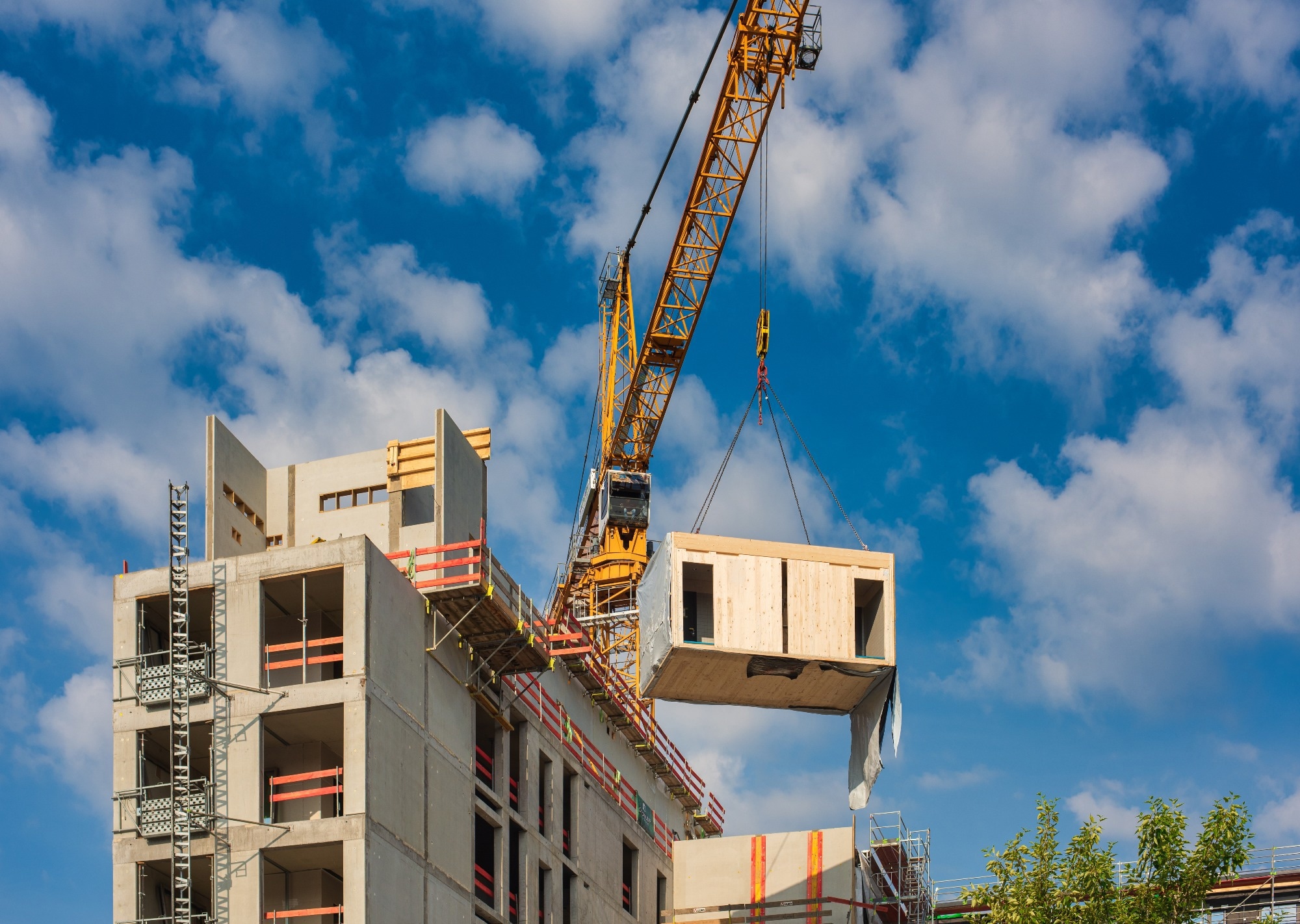A new digital twin framework unites BIM, IoT, and GIS to streamline the tracking, reuse, and relocation of modular building units, cutting waste, saving costs, and enabling a smarter, more sustainable construction industry.
 Research: Digital twin framework to enhance facility management for relocatable modular buildings. Image Credit: Jarama / Shutterstock
Research: Digital twin framework to enhance facility management for relocatable modular buildings. Image Credit: Jarama / Shutterstock
Relocatable modular buildings (RMBs) are emerging as a flexible, sustainable alternative to traditional construction. Built from prefabricated “modules” that can be quickly assembled, dismantled, and transported, they cut costs, reduce environmental impact, and create cleaner, safer construction sites. But as these buildings move through multiple lifecycles, managing their assets—tracking modules for reuse and relocation—remains a stubborn challenge.
Now, a team led by Associate Professor Yonghan Ahn from the School of Architecture & Architectural Engineering at Hanyang University ERICA in South Korea has developed a digital twin–based framework to make that process more efficient. “Digital twin technology is a groundbreaking tool that offers a digital replica of physical assets, integrating real-time data, predictive analysis, and decision-making abilities,” says Prof. Ahn. “Although digital twins are gaining popularity in other fields, their use in modular construction remains limited. We introduce a novel digital twin-enabled facility management system (DT-FMS) tailored specifically for RMBs.” The work, co-authored with Dr. Dennis Nguyen of Hanyang University, appeared online on May 5, 2025, in the journal Automation in Construction.
The DT-FMS combines three core technologies: building information modeling (BIM), the internet of things (IoT), and geographic information systems (GIS). BIM delivers detailed 3D models and rich building data. IoT sensors feed real-time information on conditions and performance. GIS adds the geographic context needed for planning the movement of modules and making location-based decisions. Together, they create a detailed virtual model of an RMB that can be monitored, analyzed, and optimized throughout its lifecycle.
The framework is built on three interconnected layers. The physical layer enables real-time tracking and communication between physical components—modules, resources, and people, from engineers to construction crews. The digital layer integrates modeling tools, data management, and analytics. The service layer acts as the user interface, allowing stakeholders to monitor operations, control processes, and make informed decisions at every stage of the building’s life.
To test the concept, the team applied the system to a relocatable modular school project in South Korea. The DT-FMS improved decision-making around module distribution and reuse, streamlining logistics and enhancing management efficiency.
“Our research highlights the important role of digital twins in promoting a circular economy by enabling the reuse, reconfiguration, and optimal relocation of modular units, thereby minimizing waste and maximizing value throughout repeating project cycles,” notes Dr. Nguyen.
By bridging the gap between the physical and digital worlds, the framework not only addresses a practical pain point in modular construction but also offers a blueprint for a more sustainable, data-driven future in the built environment.
Source:
Journal reference:
- Nguyen, T. D. H. N., Ly, D. H., Jang, H., Dinh, H. N. N., & Ahn, Y. (2025). Digital twin framework to enhance facility management for relocatable modular buildings. Automation in Construction, 176, 106249. DOI: 10.1016/j.autcon.2025.106249, https://www.sciencedirect.com/science/article/abs/pii/S0926580525002894